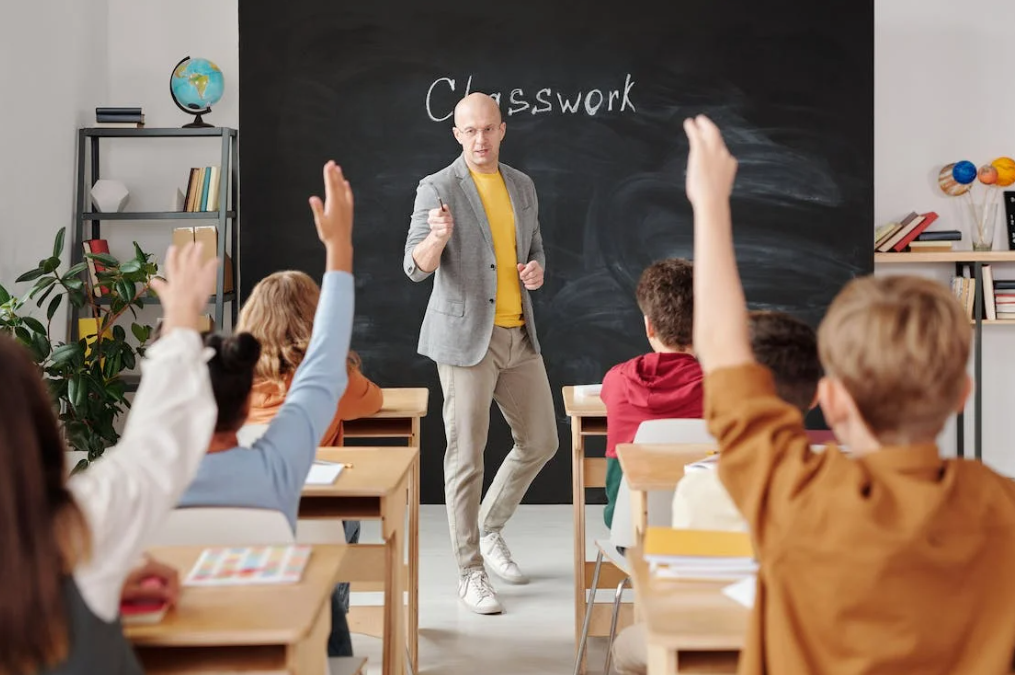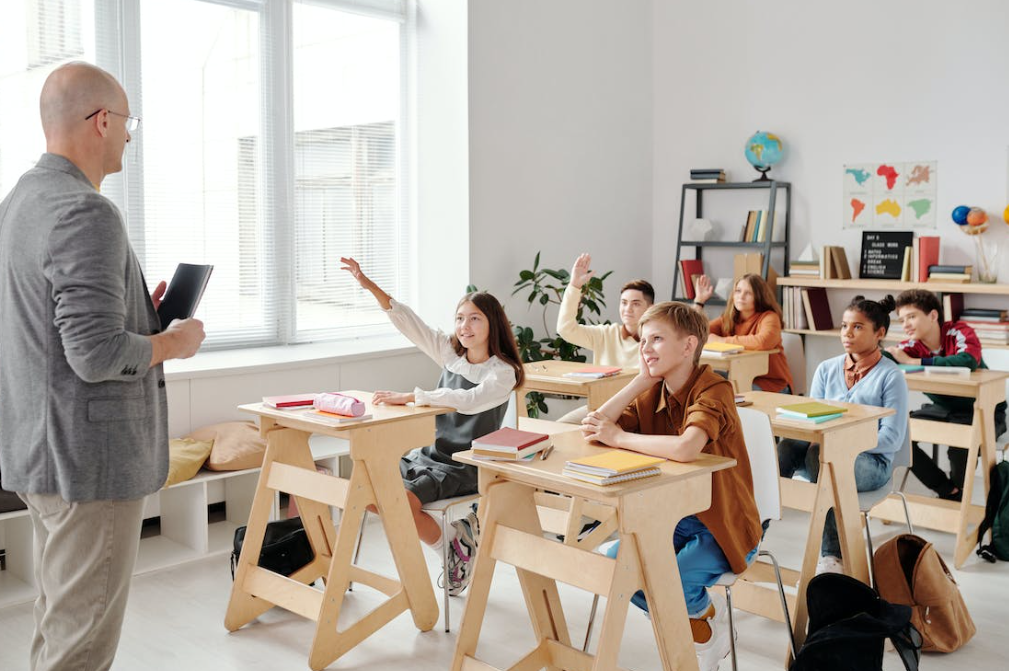Self Improvement As A Teacher
Learn the best ways to improve your teaching skills.

Selfpause Affirmation App
Download the app to get 1,000’s of affirmation meditations and everything you need to write, record and listen to your own.
Whether you are just starting out in teaching, or have been in the field for a while, there are things you can do to improve yourself as a teacher. Some of these include taking breaks between work and leisure activities, staying current in your field, and keeping your eyes and ears open.
Reflection

Using self-reflection is a great way to improve your teaching practice. It can be a useful tool to evaluate and improve your teaching and can be an effective way to increase student motivation. The benefits of using reflection include increased cognitive thinking and problem-solving skills.
Self-reflection is an important component of inquiry-based learning. It allows the practitioner to consider practical issues and draw conclusions. This can lead to new ideas and improved teaching methods.
To get the most out of self-reflection, it is important to know how to go about it. There are several steps to take. The first step is to note down things that worked. Also, note down things that didn’t go as well as you had hoped.
A second step is to make an action plan for improvement. For example, if you noticed that students were not motivated to participate in the activity, you may want to create a more active way to engage them.
Lastly, you should create an online journal to document your reflections. These can be shared with colleagues and students. It can also be a good idea to use video as an additional set of eyes to see your teaching performance.
The benefits of using self-reflection are countless. It can help teachers improve their teaching practices and boost their confidence. The process is also useful in identifying areas for improvement.
Self-reflection is one of the best teaching practices. It can help teachers improve their skills and become better educators. It can also improve student motivation, thus making them more likely to perform well in class.
Reflection is important in a variety of instructional contexts. It can help teachers and students analyze their behavior, develop problem-solving skills, and improve problem-solving abilities.
Staying current in your field of teaching

Keeping up with new techniques in your field of teaching can help you improve your skills. It will also keep your passion for teaching and allow you to stay up to date on the latest developments.
Staying current in your field of teaching is also important for your own personal development. Developing a professional community with other educators is a great way to receive feedback on your own practice and to develop new ideas. There are also many opportunities to get involved with professional development groups and workshops.
Learning about different teaching techniques will help you find the best methods for your classroom. You will also be more efficient and effective. If you are open to learning, you will be more prepared to handle new challenges.
Whether you are a high school or elementary teacher, it is important to continue learning. You can do this by attending workshops and conferences. You can also talk to other teachers about the successes and failures of their classes.
One of the most important parts of professional development for teachers is reflection. Through reflection, you can identify your own strengths and weaknesses, and determine ways to improve. This will help you to identify ways to improve your teaching practice and create goals for the future.
Teachers can also pick the brains of other educators for ideas on how to better engage students. Educators who are in a difficult time in their careers can benefit from relationships with other educators.
Changing cultural norms is a major factor in how teachers teach. Teachers who are aware of their own strengths and weaknesses can use the information to better interact with their students and other teachers.
Taking breaks between work and leisure activities
Taking breaks between work and leisure activities for self improvement as a teacher may seem like an insurmountable task, but the benefits of these break intervals are well-documented. A brief break will help you stay on task, increase motivation, and even reduce disruptive behavior in younger students. A more structured break will also help you recharge your brain, body, and emotions. Some breaks may also be better for you than others.
Some of the benefits of breaks may be more obvious in older age groups. Studies have shown that older people are more likely to enjoy a good night’s sleep and are better at regulating their emotions. This may be due to age-related differences in the way their brains work. Taking the time to recharge will pay off later in life.
While there is no clear-cut answer to the question of how much time should be set aside for breaks, it is estimated that a 30 minute break each day will help you get more done. The American Psychological Association recommends taking frequent breaks and incorporating exercise into your daily routine.
In addition to the standard work breaks, teachers may also opt to take weekend breaks to plan lessons, grade assignments, or even catch up on administrative duties. This may provide them with the opportunity to pursue recovery activities in their spare time.
The best breaks for self improvement as a teacher are those that are most relevant to your own situation. As with any endeavor, you should be aware of the risks, benefits, and benefits of different break intervals. If you are a teacher, you may want to create boundaries for your workload and limit activities outside of work.
Communication skills

Getting better communication skills as a teacher is important, as it impacts student performance and their sense of self worth. These skills include being able to listen and respond effectively, build on others’ ideas, summarize others’ thoughts, and respond to questions and concerns.
Having good communication skills will help you stay calm, respectful, and professional, while addressing sensitive subjects with students. It is also important to keep positive body language. This can help you avoid conflict and build positive relationships. It is also important to provide constructive feedback to students, as this will build their self-confidence.
Getting better communication skills as a teacher can be difficult. However, there are several effective strategies that you can use to improve your skills.
One effective strategy is to practice communicating with students by recording their presentations. This helps them to gain experience receiving constructive criticism, while also providing them with a purposeful activity. You can also use films to show students how to have effective conversations.
Another effective strategy is to encourage students to ask questions. This can be done through email or phone calls. They may also be encouraged to work in small groups, which can help them communicate better. This is especially important for younger students, who may not be comfortable speaking in front of a large group.
You can also try to work with other teachers. You can also use online teaching apps. These tools can help you to record students while reading, as well as recording presentations. You can also use SMS text apps to reinforce communication skills.
It is important to communicate with parents. Failing to do so can lead to complaints and doubts about your ability as a teacher. This can also negatively affect student’s academic performance.
Our Top FAQ's
There are many ways that a teacher can improve their teaching skills and techniques. Some suggestions might include:
- Seeking out professional development opportunities, such as workshops, courses, or conferences.
- Engaging in reflective practice, which involves regularly reviewing and evaluating your teaching methods and looking for ways to improve.
- Seeking feedback from colleagues, students, and supervisors to identify areas for improvement and growth.
- Experimenting with different teaching strategies and methods to find what works best for you and your students.
- Staying up-to-date on the latest research and best practices in education.
Maintaining motivation and enthusiasm can be challenging for any profession, but there are a few strategies that might be helpful for teachers:
- Setting clear goals and objectives for your teaching, and regularly evaluating your progress towards those goals.
- Finding ways to stay engaged and invested in your subject matter, such as by staying current on new developments or finding ways to make the material more relevant or interesting to your students.
- Seeking out opportunities for collaboration and professional growth, such as joining a professional learning community or working on a project with colleagues.
- Taking time for self-care and relaxation, such as through hobbies or activities that bring you joy and help you to recharge.
Effective time management and task prioritization can be key to success as a teacher. Some strategies that might be helpful include:
- Creating a schedule or planner that helps you to keep track of your commitments and deadlines.
- Setting aside dedicated blocks of time for different tasks, such as lesson planning, grading, or professional development.
- Prioritizing tasks based on importance or deadlines, and focusing on the most important tasks first.
- Identifying and eliminating time-wasting activities or distractions, such as unnecessary meetings or non-essential tasks.
Continuing to learn and grow as a professional is an important part of being a teacher. Some ways that teachers can do this include:
- Participating in professional development opportunities, such as workshops, courses, or conferences.
- Seeking out additional training or education in your subject area or in teaching methods.
- Engaging in reflective practice, where you regularly review and evaluate your teaching methods and look for ways to improve.
- Participating in professional learning communities or collaborating with colleagues on projects or initiatives.
- Reading research and staying up-to-date on the latest best practices in education.
Creating a positive and inclusive learning environment is essential for helping students feel valued, supported, and motivated to learn. Some strategies that might be helpful include:
- Establishing clear expectations and rules for behavior, but also being flexible and open to feedback and suggestions from students.
- Encouraging open communication and dialogue with students, and being approachable and available to them.
- Providing a variety of teaching methods and materials that cater to different learning styles and needs.
- Creating a safe and welcoming space for all students, and actively promoting inclusivity and diversity in the classroom.
- Using positive reinforcement and praise to motivate and encourage students.
